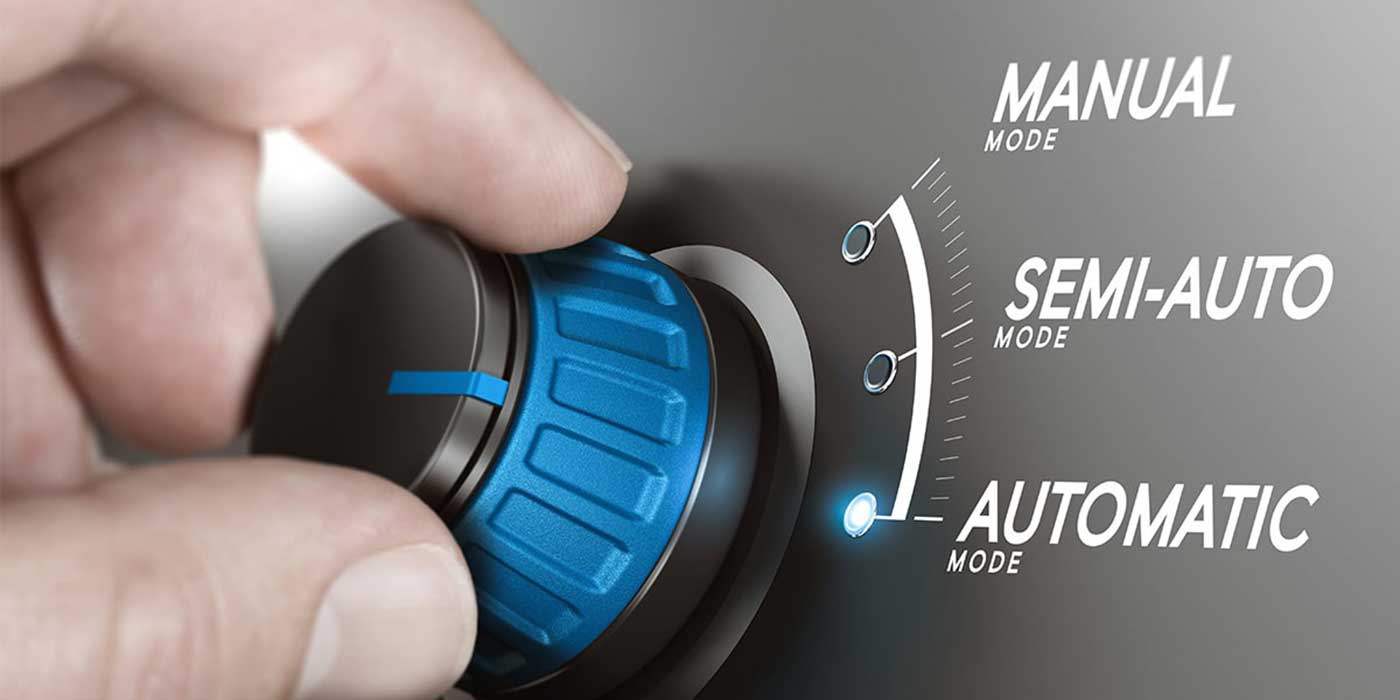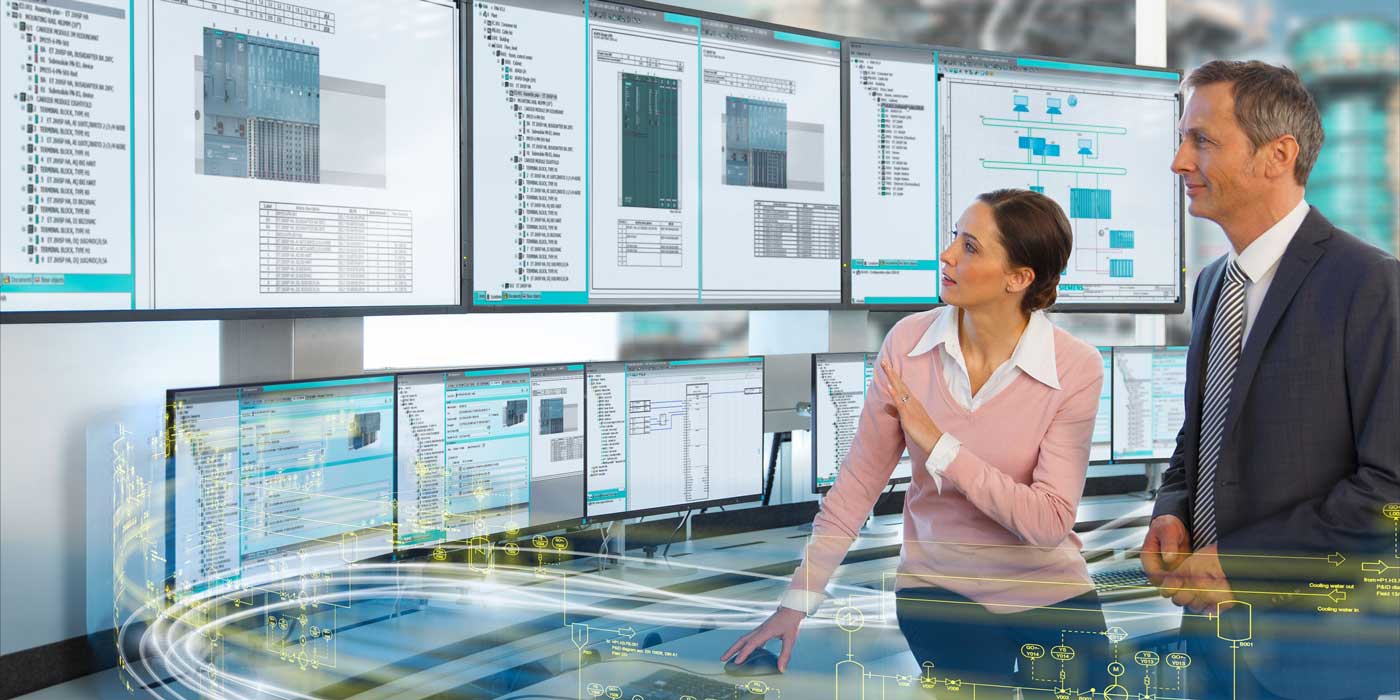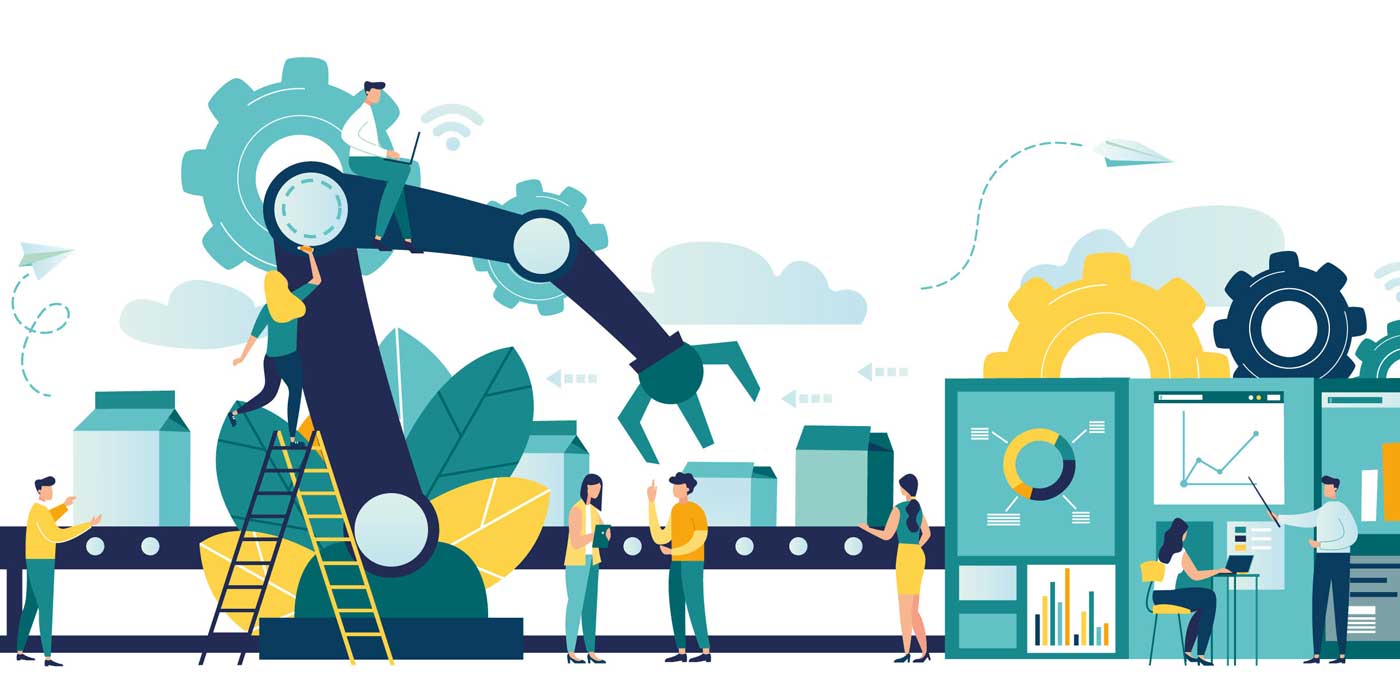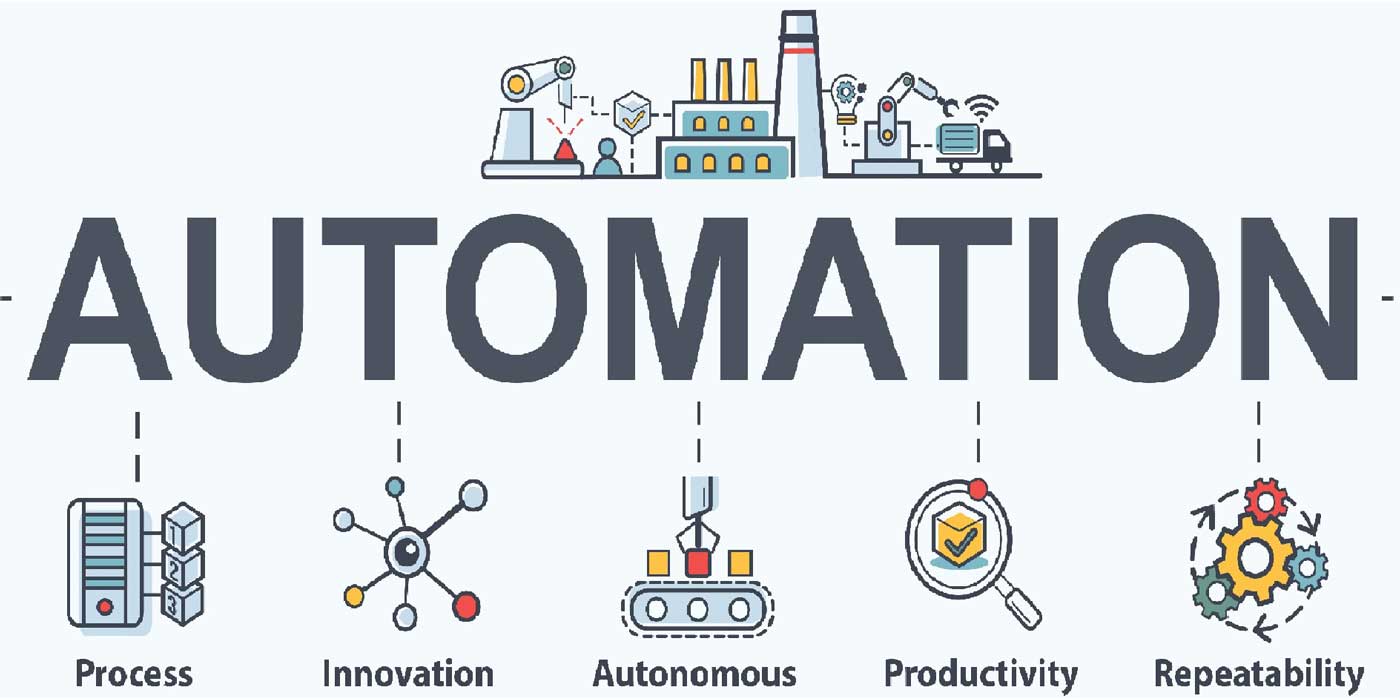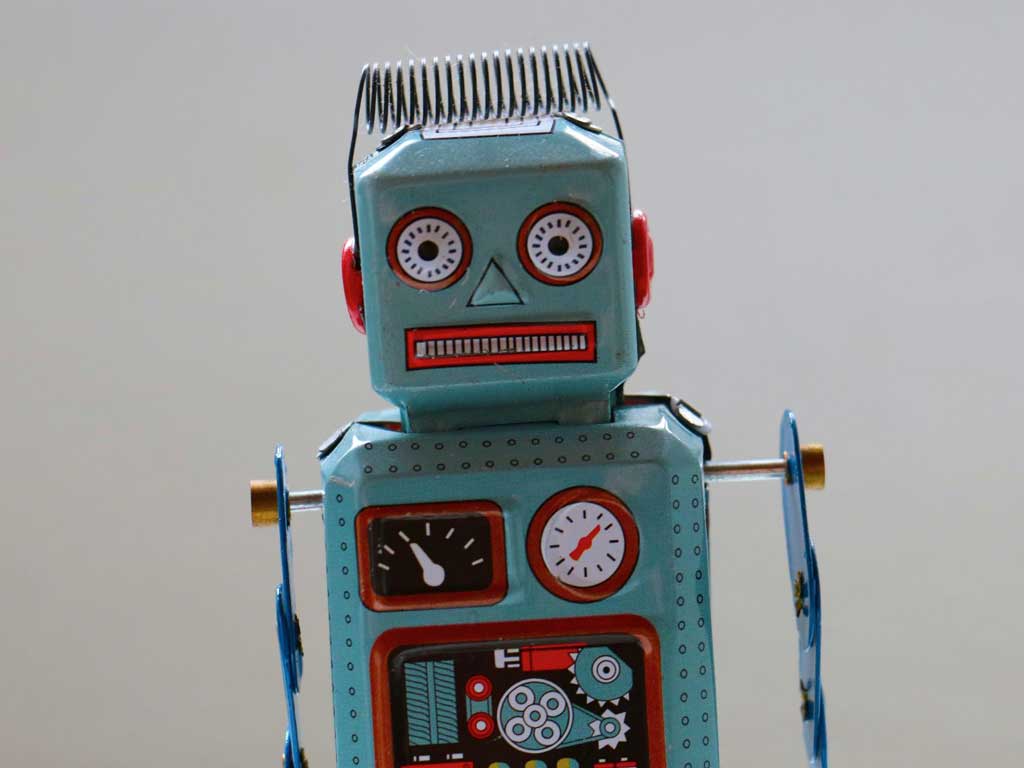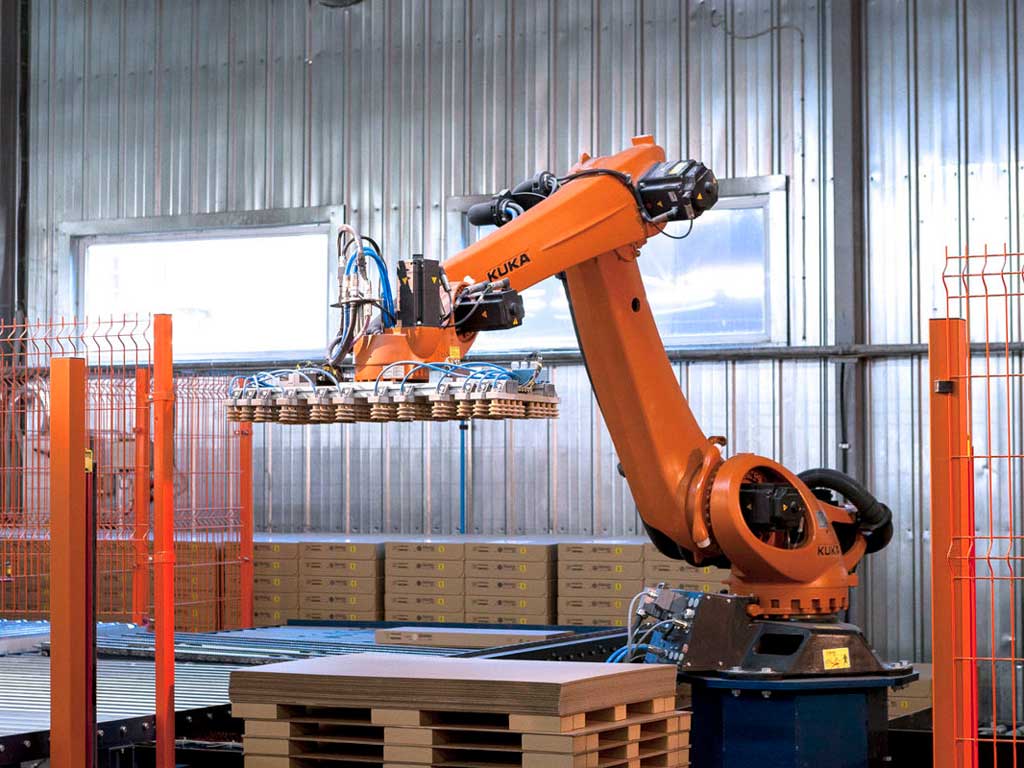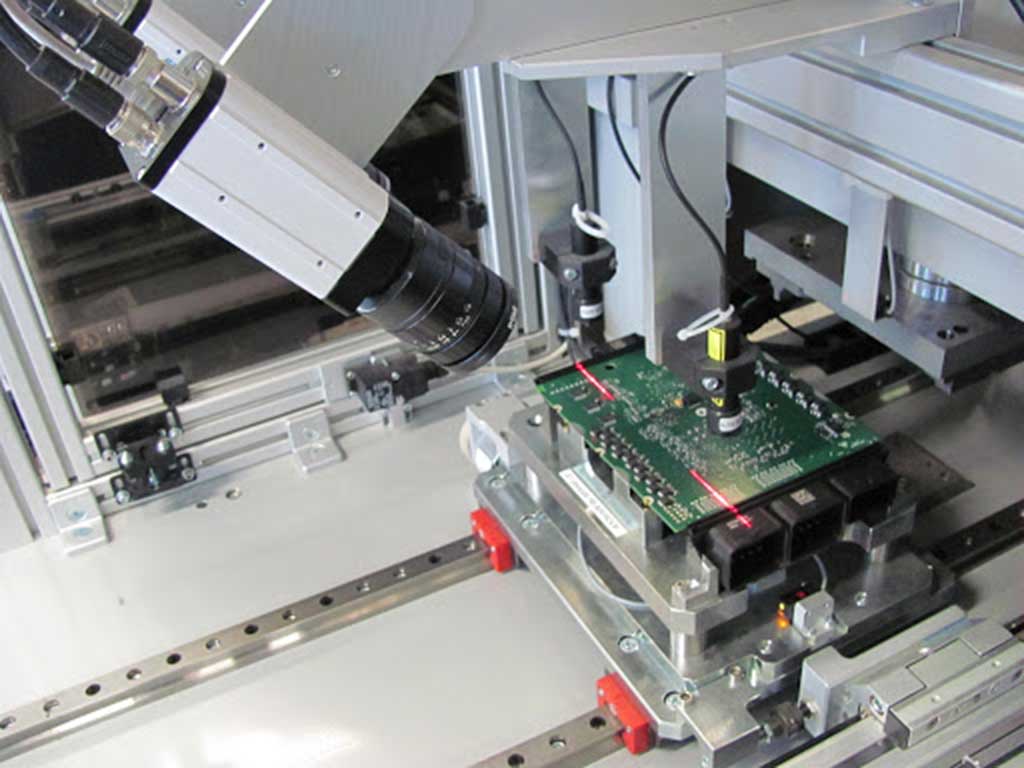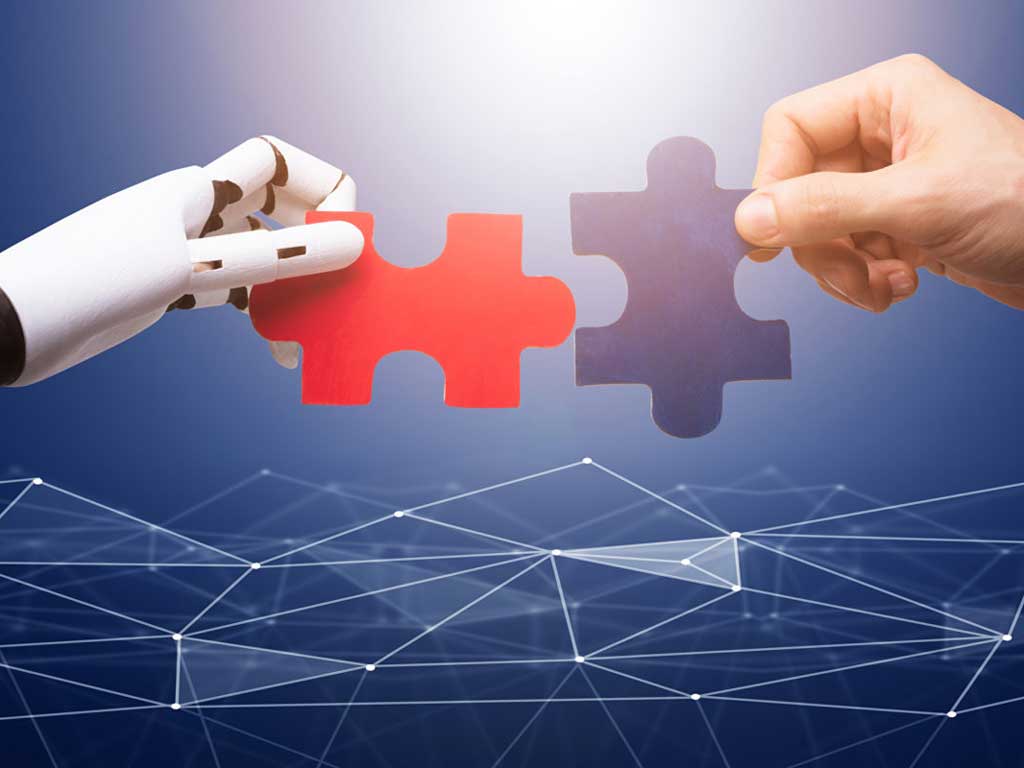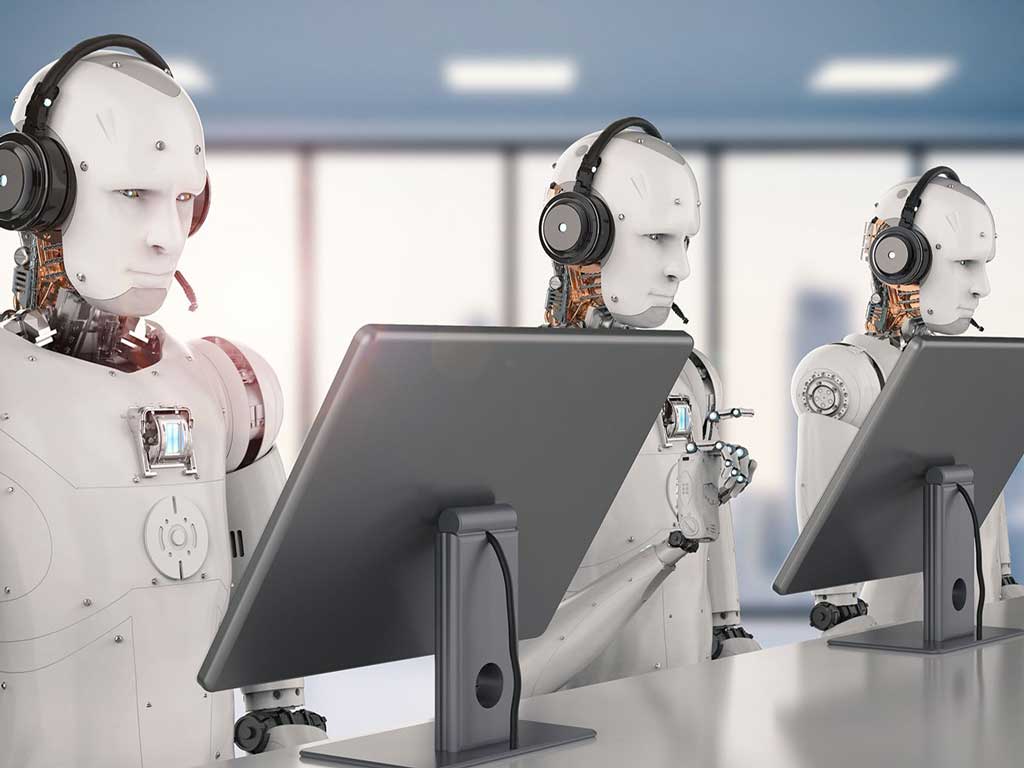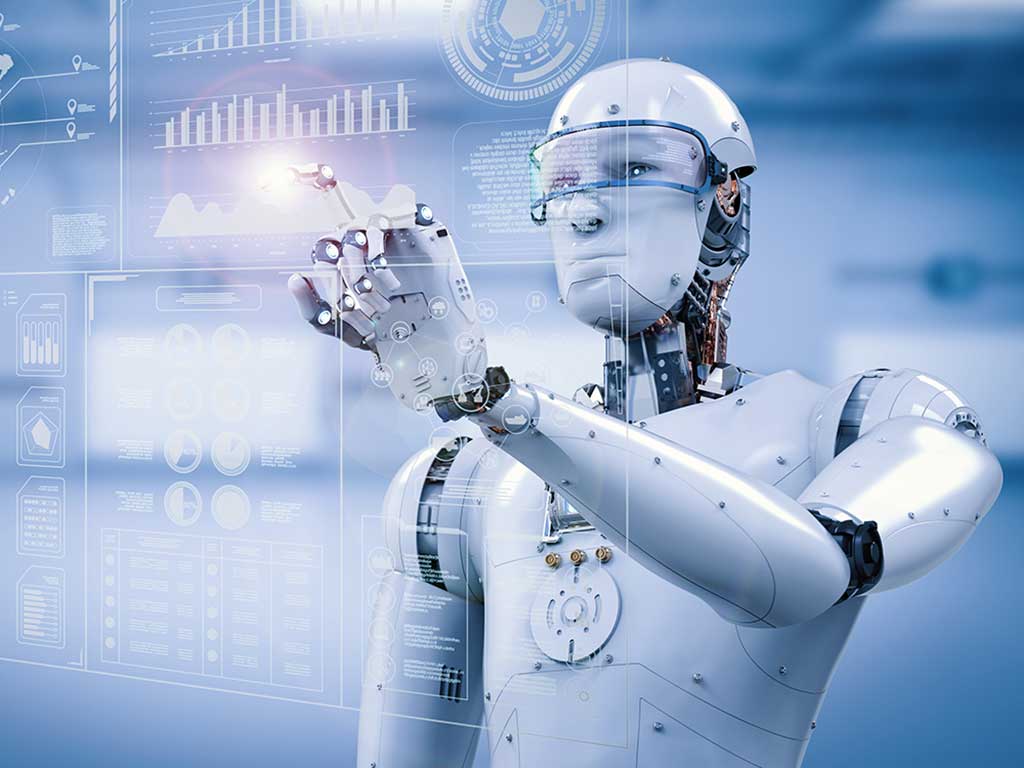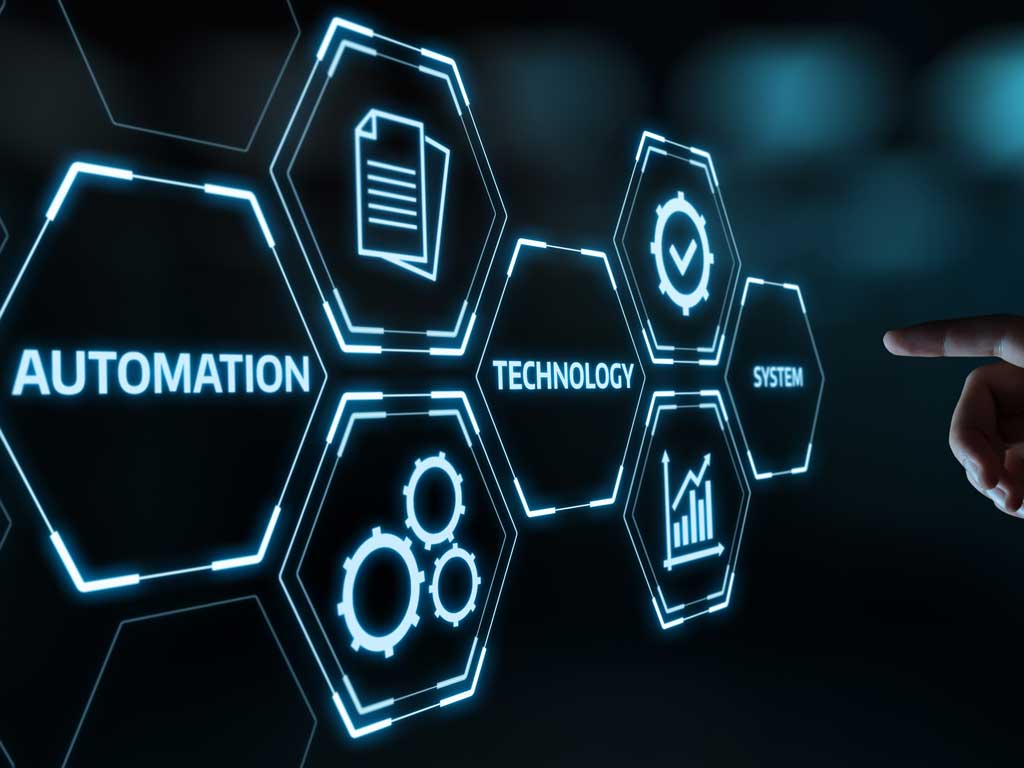In the midst of a robotics renaissance, the world is witnessing a surge of innovation and creativity that promises to redefine the future of robotics technology. From humanoid robots to autonomous drones, the next generation of robotic innovations is poised to revolutionize industries, enhance human lives, and shape the way we interact with machines. At the heart of this robotics renaissance is the convergence of advancements in artificial intelligence (AI), machine learning, and robotics hardware. These technologies are enabling robots to perform increasingly complex tasks with greater autonomy, adaptability, and intelligence. Machine learning algorithms allow robots to learn from experience, enabling them to continuously improve their performance and capabilities over time. One of the most transformative areas of innovation in robotics is the development of humanoid robots that mimic human capabilities and behaviors. These robots are designed to navigate human environments, interact with people, and perform a wide range of tasks previously thought to be exclusive to humans. From assisting with household chores to providing companionship and support for the elderly, humanoid robots have the potential to revolutionize various aspects of daily life. In addition to humanoid robots, the rise of autonomous drones is driving innovation in fields such as agriculture, transportation, and logistics. Drones equipped with advanced sensors and AI algorithms are capable of performing tasks such as crop monitoring, aerial mapping, and package delivery with unprecedented efficiency and precision. These autonomous drones have the potential to revolutionize industries by providing cost-effective solutions for a wide range of applications. Moreover, collaborative robots, or cobots, are transforming the way humans and robots work together in industrial settings. These robots are designed to work alongside human workers, assisting with tasks that require precision, strength, or endurance. Cobots are equipped with advanced safety features that allow them to operate safely in close proximity to humans, enabling seamless collaboration and increasing productivity in manufacturing and assembly operations. Another area of innovation in robotics is the development of soft robotics, which focuses on creating robots with flexible and deformable bodies inspired by biological organisms. Soft robots have the potential to navigate complex environments, interact safely with humans, and perform delicate tasks with precision. These robots are finding applications in fields such as healthcare, where they can assist with surgery, rehabilitation, and patient care. Furthermore, swarm robotics is emerging as a promising field of research, exploring the collective behavior of large groups of simple robots working together to achieve complex tasks. Swarm robotics has applications in areas such as disaster response, environmental monitoring, and exploration, where the ability to adapt to changing conditions and collaborate with minimal communication is essential. As we unveil tomorrow's innovations in robotics, we embark on a journey into a future where machines and humans collaborate seamlessly to tackle the challenges of our time. With continued advancements in AI, machine learning, and robotics hardware, the possibilities for robotics innovation are limitless, offering new opportunities for progress, discovery, and societal transformation.



